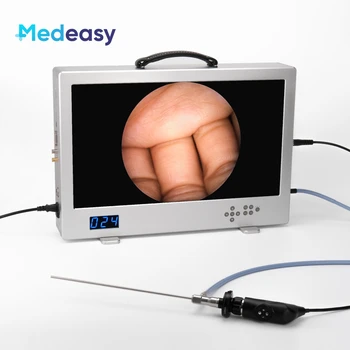This is for informational purposes only. For medical advice or diagnosis, consult a professional.
A Medical Endoscope Camera: A Window into the Body
A medical endoscope camera is a vital component of endoscopic systems, enabling healthcare professionals to visualize internal organs and structures for diagnosis and treatment.
How it Works:
- Tiny Camera: The camera is typically a miniature CCD or CMOS sensor, often less than a centimeter in diameter.
- Light Source: A bright light source illuminates the area being examined.
- Image Transmission: The camera captures images or video, which are then transmitted through the endoscope to a monitor.
- High-Resolution Imaging: Modern cameras offer high-resolution images and video, allowing for detailed visualization of internal structures.
Key Features:
- Small Size: Enables insertion into narrow body cavities.
- High Resolution: Provides clear and detailed images.
- Color Accuracy: Accurate color reproduction is crucial for diagnosis.
- Durability: Built to withstand the rigors of medical procedures.
- Compatibility: Compatible with a variety of endoscope types.
Applications:
- Gastrointestinal Endoscopy: Examining the esophagus, stomach, and intestines.
- Bronchoscopy: Examining the airways.
- Laparoscopy: Performing minimally invasive surgery.
- Cystoscopy: Examining the urinary tract.
- Arthroscopy: Examining joints.
Image of a Medical Endoscope Camera:By providing a clear view of internal structures, medical endoscope cameras play a crucial role in the diagnosis and treatment of a wide range of medical conditions.
Medical endoscope camera






